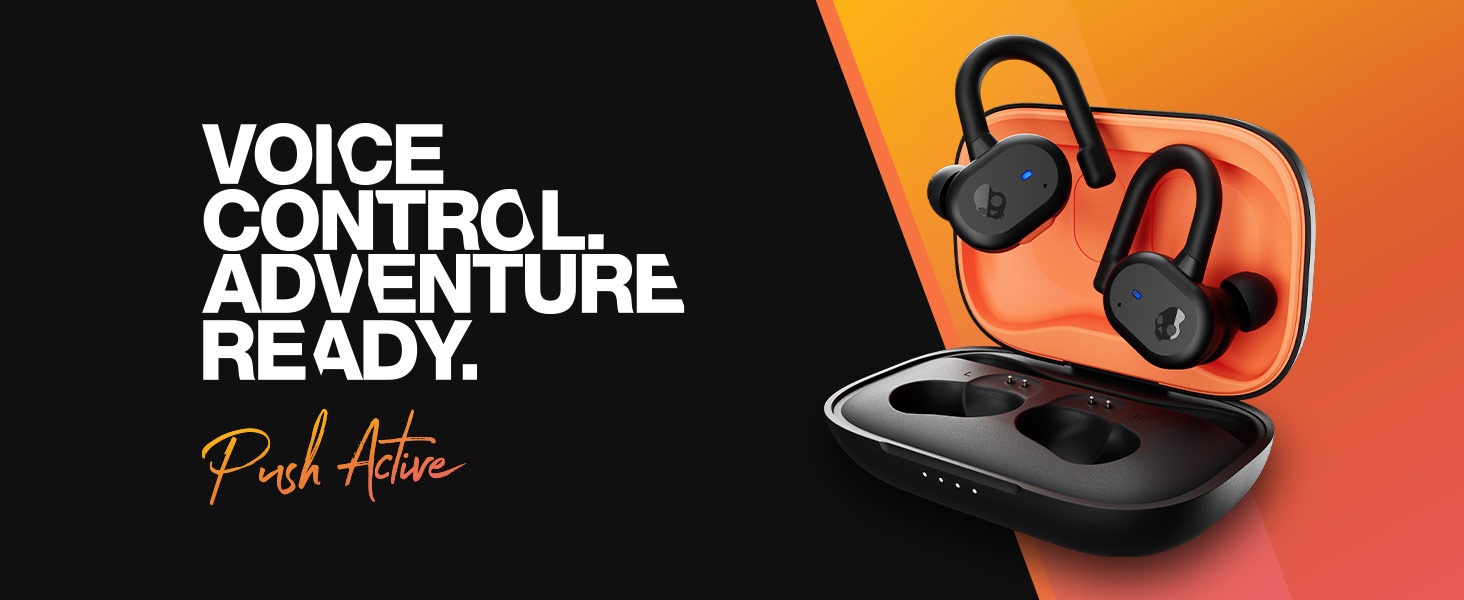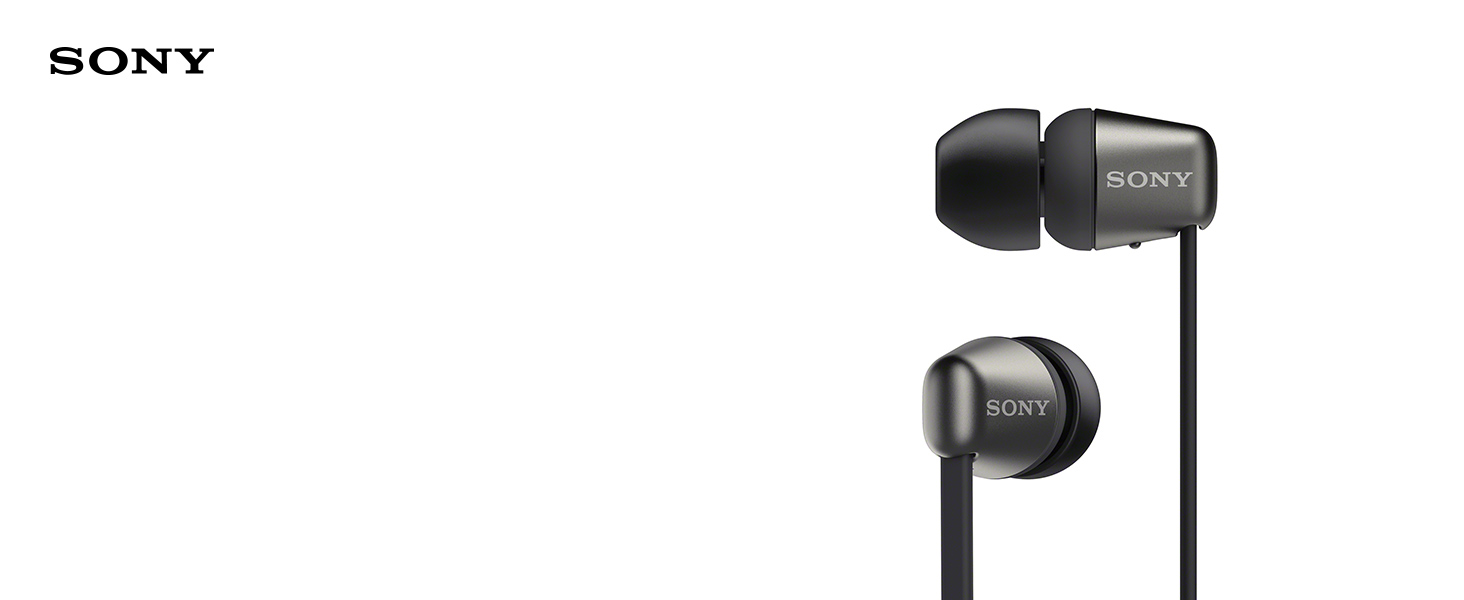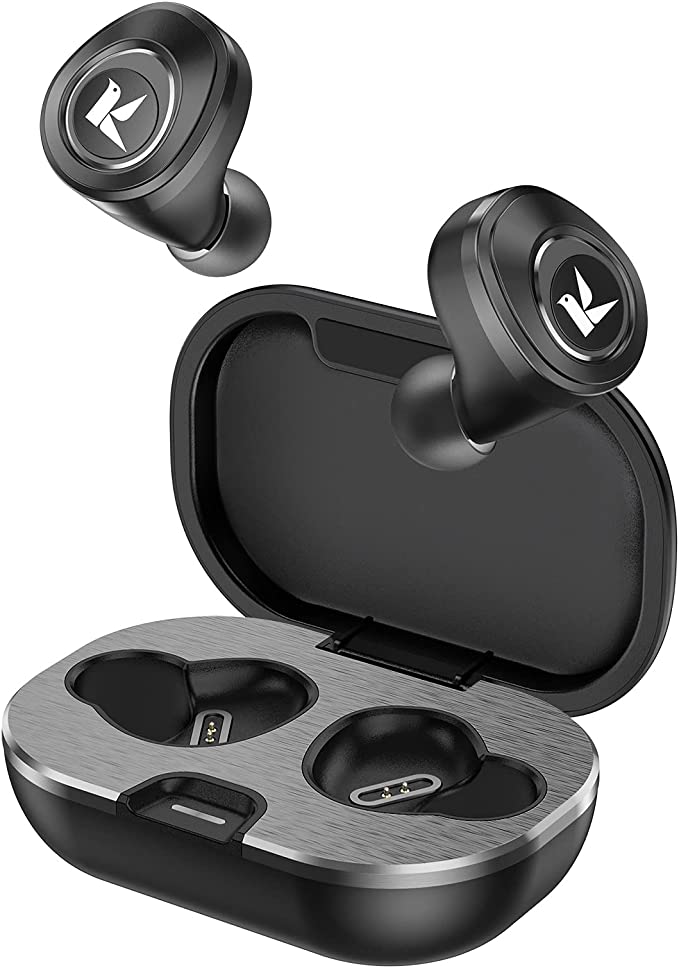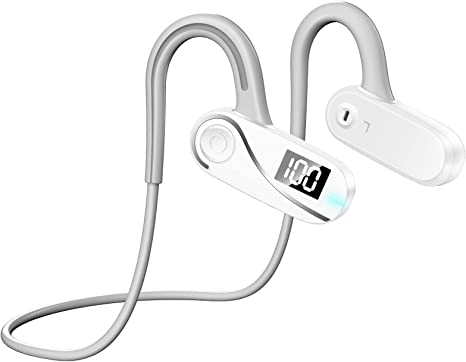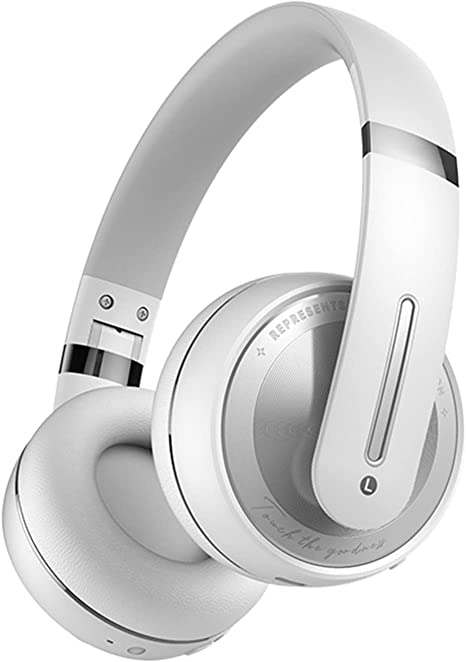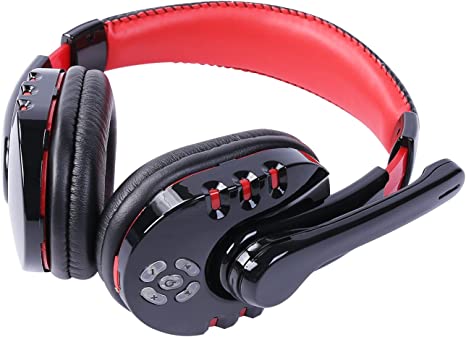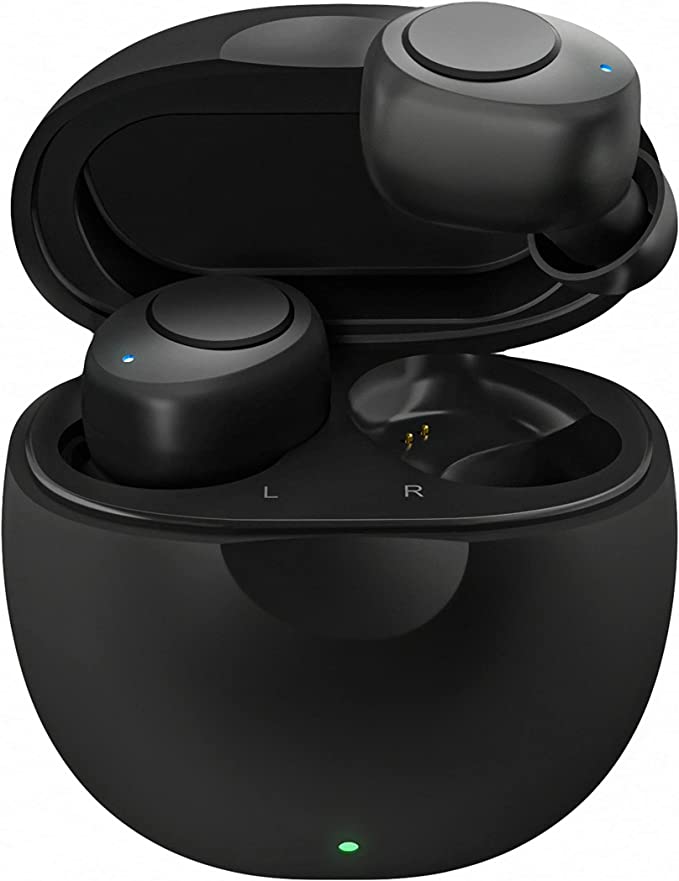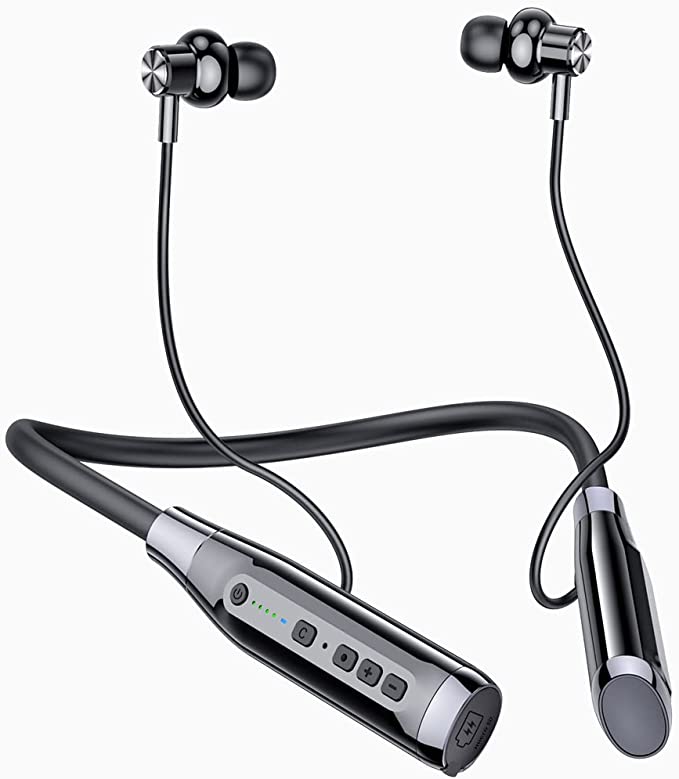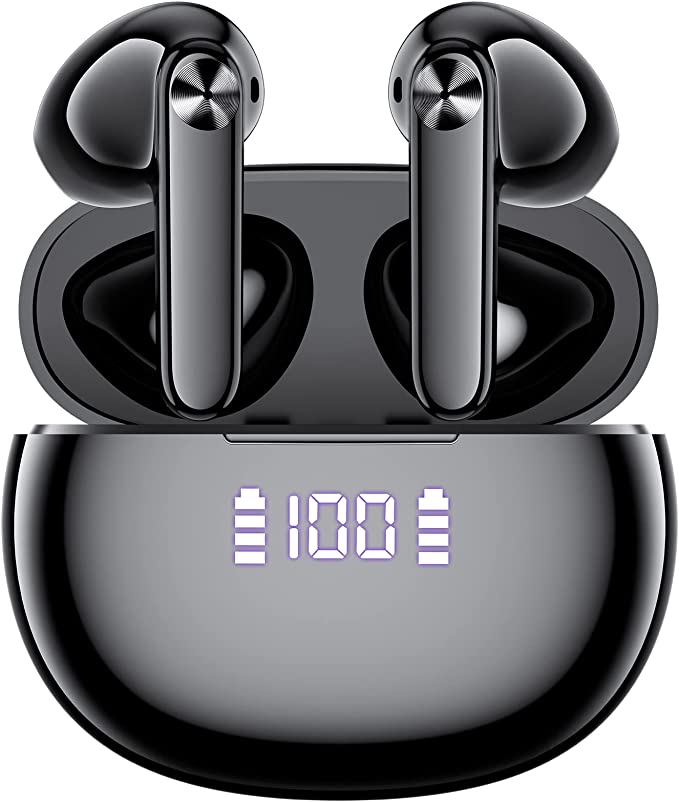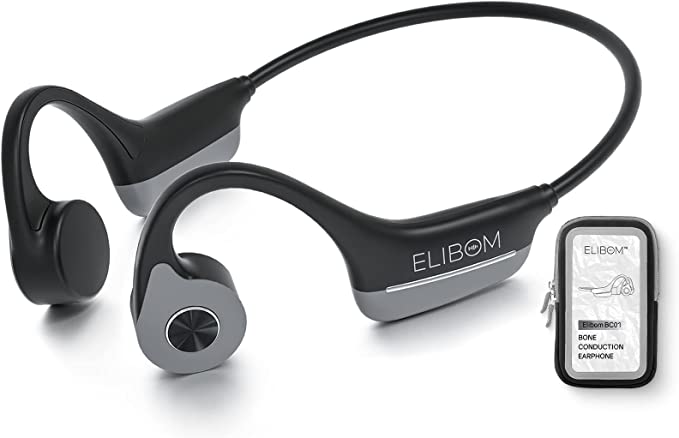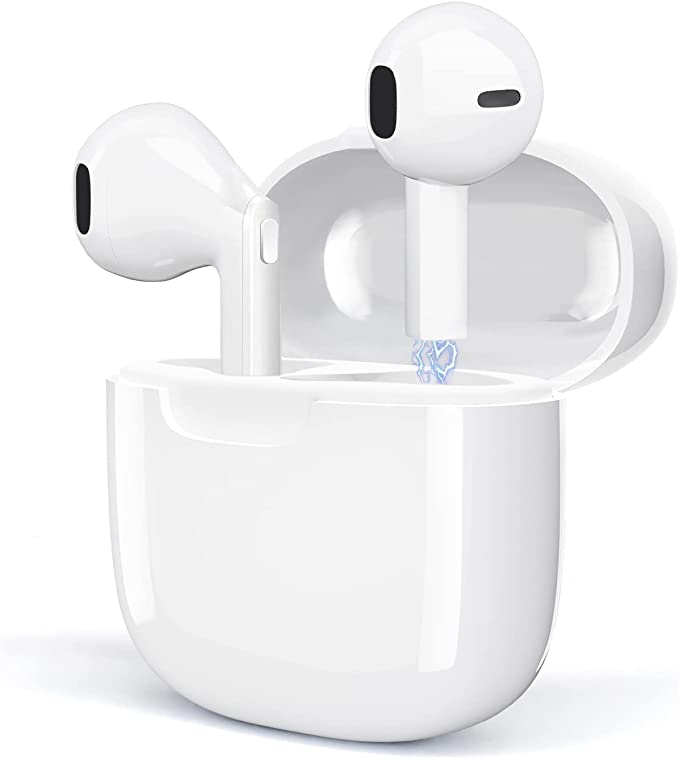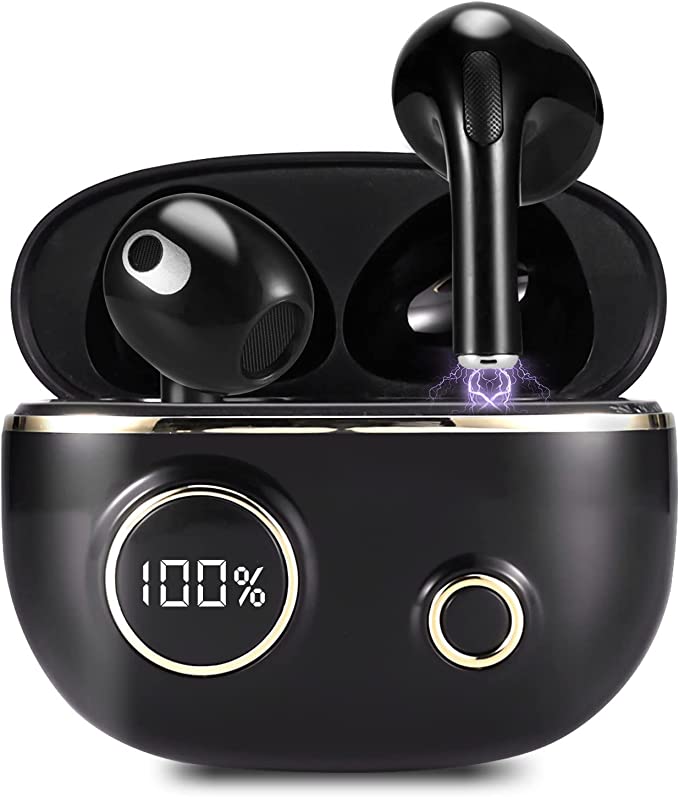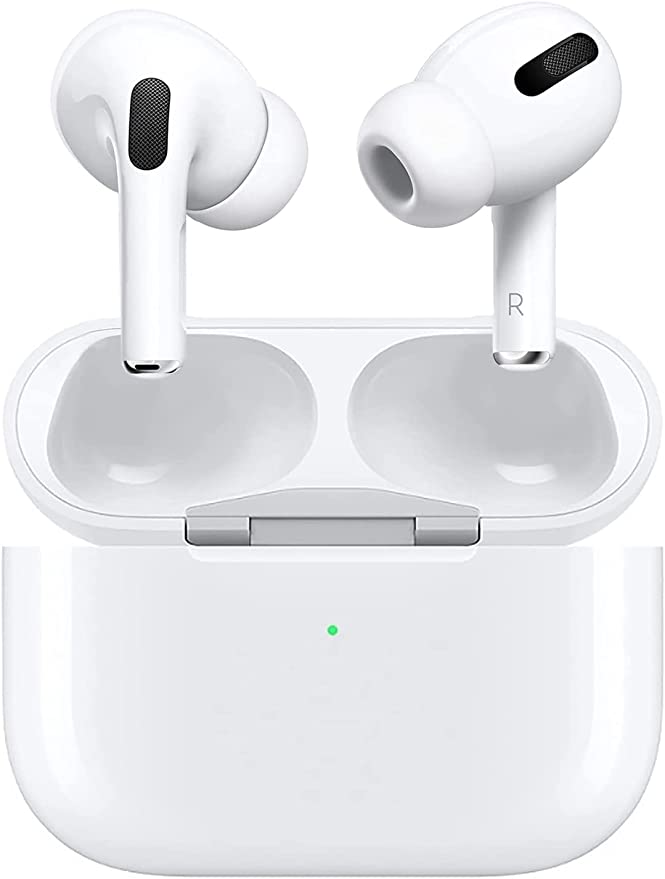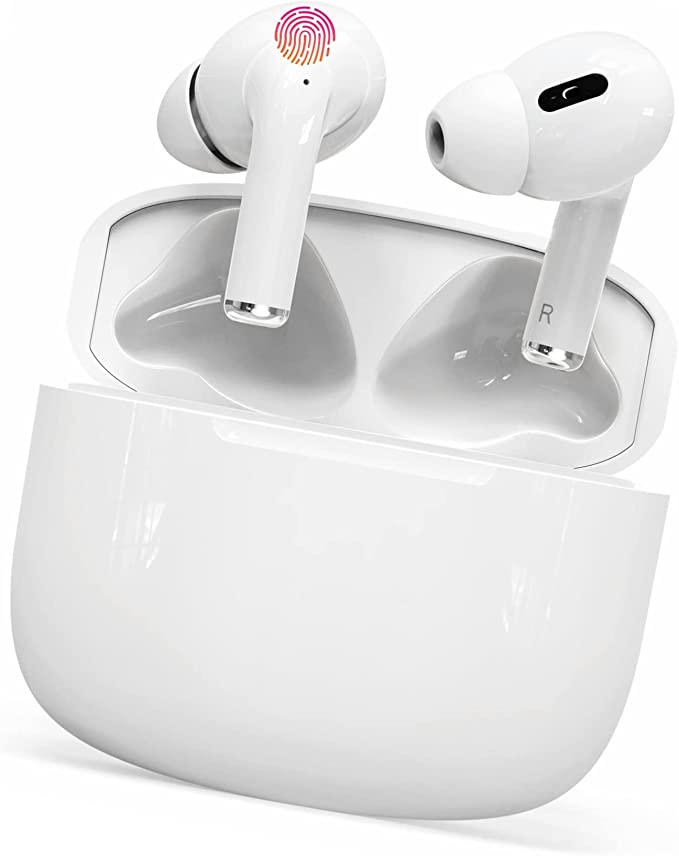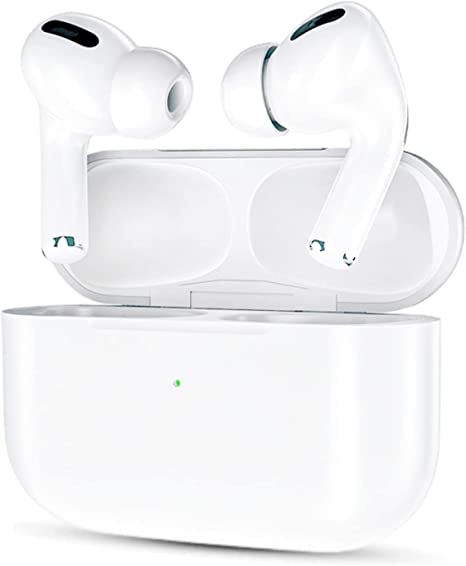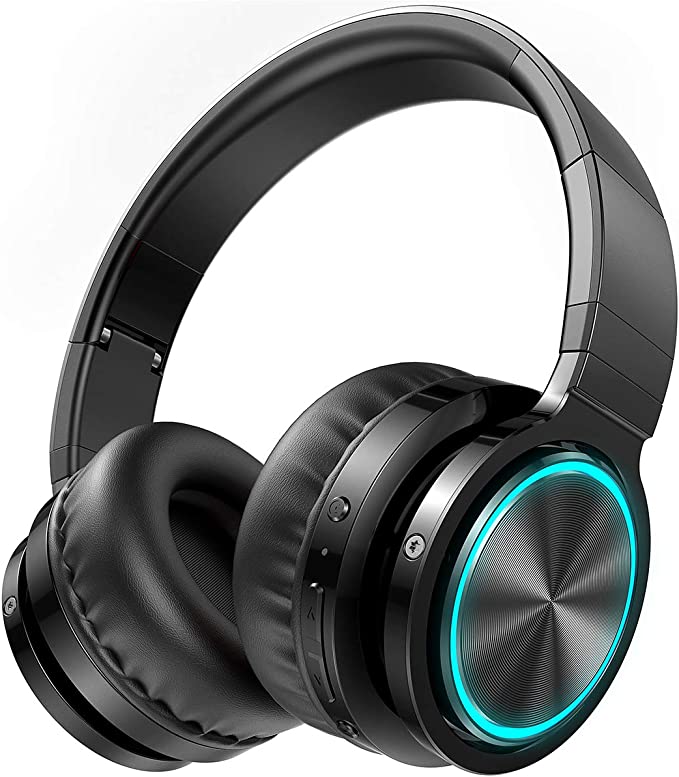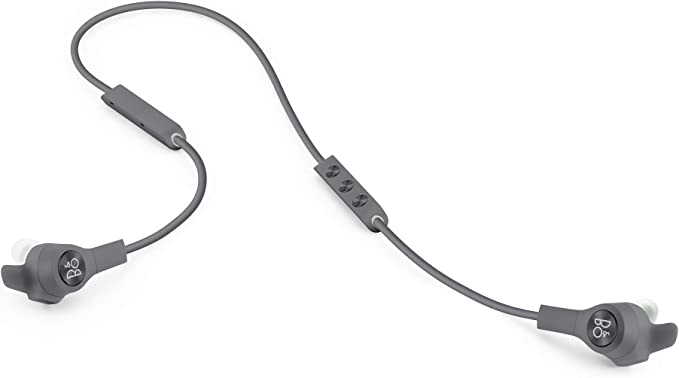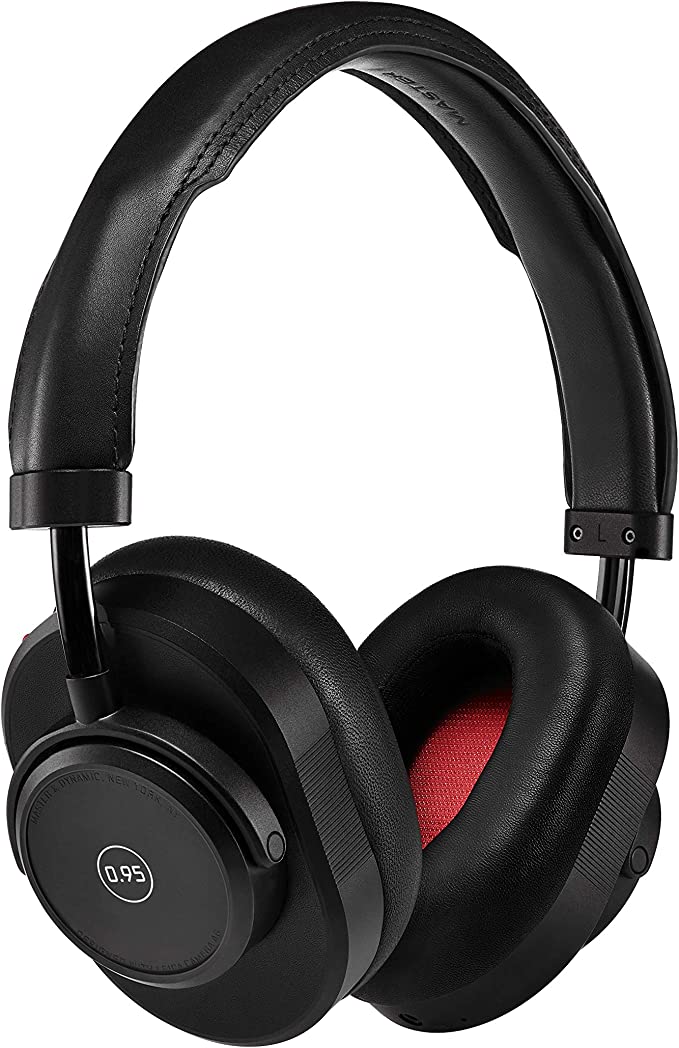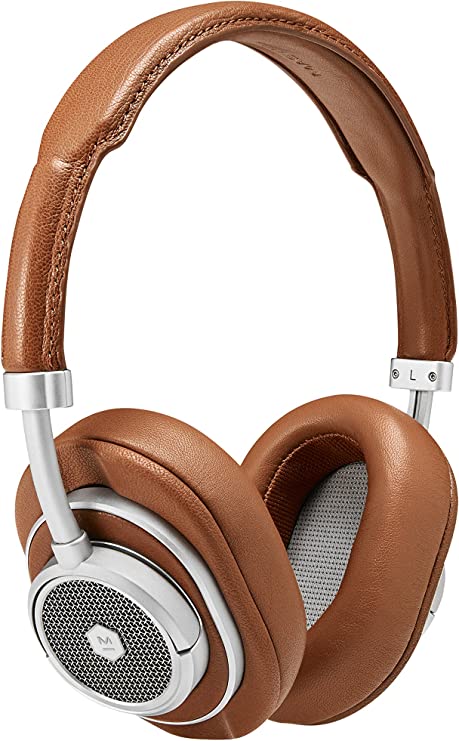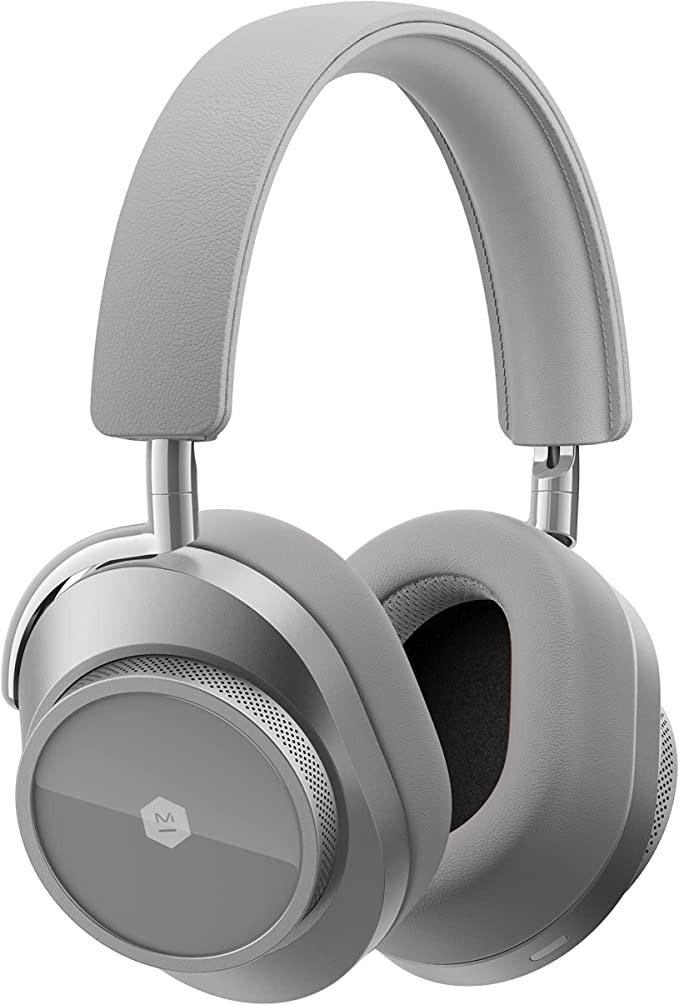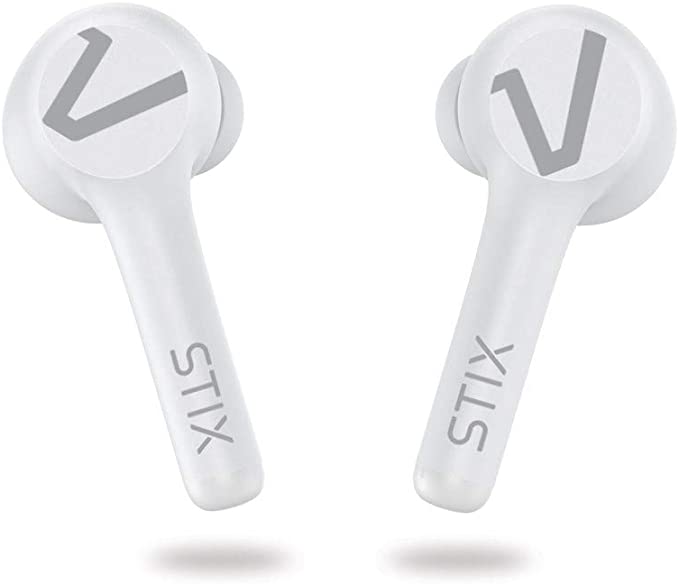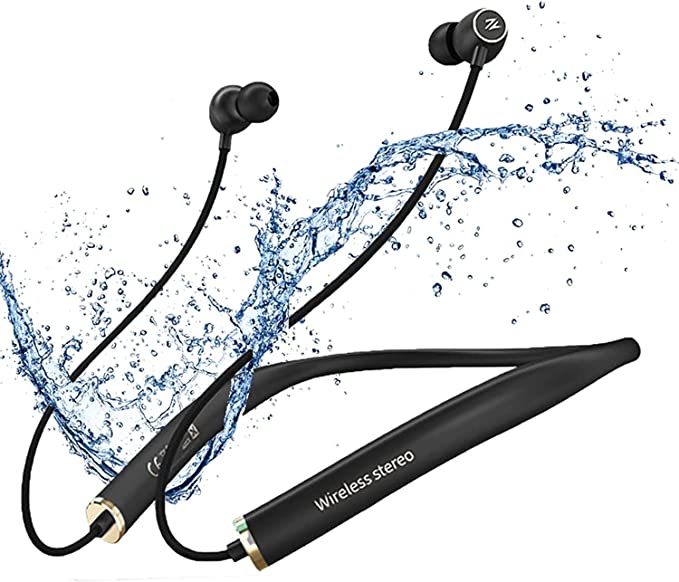Zeelink KM-20 Karaoke Machine: Portable Powerhouse for Your Next Party
Update on Sept. 22, 2025, 12:21 p.m.
A journey through the invisible tech that captures, polishes, and recreates sound—with a humble karaoke machine as our guide.
Have you ever truly listened to a recording of your own voice? There’s a peculiar sense of dislocation, a feeling of hearing a familiar stranger. That disembodied sound, captured and replayed, is both you and not you. It forces a fascinating question: what is a voice? What is any sound, for that matter? And how on Earth does it travel from the vibrations in your throat, get trapped inside a machine, and then fly back out, not just as a perfect echo, but often… better?
This isn’t a product review. Think of it as an expedition into the heart of modern audio science. We’re going to follow the strange, electrified journey of a single sung note, from the physical world into the digital realm and back to our ears. Our vehicle for this exploration won’t be some esoteric piece of studio gear, but something far more accessible, a device built for pure, unadulterated joy: a portable karaoke machine, specifically the Zeelink KM-20. This little box of fun is a perfect, self-contained illustration of the profound technologies that shape our entire auditory world.
So, take a deep breath. We’re about to sing.

The Capture: Taming the Vibration
Before it’s music, before it’s a signal, your voice is just brute force physics. It’s a column of air, expelled from your lungs, vibrating your vocal cords, and creating pressure waves that ripple through space like a stone tossed into a pond. These waves are the raw, analog reality of sound. To do anything with them, we first need to catch them.
This is the job of the microphone, a device that acts as a mechanical ear. Much like the eardrum in your head, a microphone contains a thin membrane called a diaphragm. As the pressure waves of your voice wash over it, the diaphragm vibrates in perfect sympathy. And here, the first act of technological magic occurs: the conversion of physical movement into electrical energy, a process called transduction.
The wireless microphones that come with our KM-20 are most likely dynamic microphones, the rugged workhorses of the audio world. Their principle is a beautiful piece of 19th-century physics, courtesy of Michael Faraday. Inside the mic, a tiny coil of wire is attached to the back of the diaphragm and suspended in a magnetic field. When your voice makes the diaphragm (and the coil) move, it cuts through the magnetic field, inducing a tiny electrical current in the wire. This current is no longer a physical wave; it’s an analog signal, a fluctuating voltage that is a perfect electrical mirror of your voice. It’s your voice, reborn as electricity.
This electrical ghost is then digitized—its smooth, analog wave is sliced up thousands of times per second and converted into a stream of 1s and 0s. This digital information is then beamed wirelessly via Bluetooth 5.0 to the main speaker unit, ready for the next, and perhaps most transformative, stage of its journey.

The Transformation: The Soul of the New Machine
If the microphone is the ear, then the Digital Signal Processing (DSP) chip is the brain. This is where your voice—now a sterile stream of data—is taken apart, analyzed, and reassembled. The DSP is an audio alchemist, a tiny, hyper-efficient computer performing millions of calculations per second to fundamentally alter the nature of the sound. It’s Photoshop, but for your voice.
When you press the “Reverb” button on the karaoke machine, you’re commanding the DSP to perform a complex simulation. It’s essentially clothing your voice in the acoustic fingerprint of a different space. Using mathematical algorithms, it calculates what your voice would sound like bouncing off the walls of a grand cathedral, a tiled bathroom, or a concert hall. It adds thousands of tiny, decaying echoes that trick our brains into perceiving a sense of space and depth that wasn’t there before. This isn’t just an effect; it’s the digital construction of a virtual room.
Then there’s the Equalizer (EQ). The DSP uses a powerful mathematical tool called a Fast Fourier Transform (FFT) to deconstruct the sound into its constituent frequencies. Imagine your voice is a complex cake. The FFT algorithm slices that cake into layers, from the deep, bassy fundamentals to the airy, high-frequency harmonics. The EQ then acts as a set of controls, allowing the DSP to boost or cut the volume of each individual layer. This is how it can make a voice sound “warmer” (by boosting lower-mid frequencies) or “clearer” (by boosting the highs).
Perhaps the most audacious trick is the Vocal Elimination function. This DSP algorithm often works on a principle called phase cancellation. In a stereo recording, lead vocals are usually mixed to be in the “center,” meaning the same vocal signal is present in both the left and right channels. By inverting the phase of one channel and adding it to the other, the parts of the signal that are identical—the vocals—cancel each other out, leaving behind the instruments that were mixed off-center. It’s a clever mathematical sleight of hand that leaves you with a stage ready for your own performance.

The Recreation: Building an Auditory Illusion
After being digitally sculpted, your voice is ready for its final rebirth. The digital data is converted back into an analog electrical signal, which is then fed to the amplifier to be given the power it needs to move the final component: the speaker. A speaker is, in essence, a microphone working in reverse. The electrical signal flows into a coil attached to a cone, creating a fluctuating magnetic field that pushes and pulls against a permanent magnet. The cone vibrates, pushing air molecules and creating new pressure waves—sound. Your voice, once a ghost in the machine, is now a physical presence in the room again.
But here’s where it gets truly mind-bending. The KM-20 supports True Wireless Stereo (TWS), allowing you to pair two speakers. This isn’t just about making the sound twice as loud; it’s about hijacking your brain’s perception of reality.
This final piece of magic has little to do with the speakers themselves and everything to do with psychoacoustics—the science of how our brains interpret sound. You don’t “hear” in stereo; your brain creates stereo. It does this by analyzing the minuscule differences in the timing and intensity of sounds arriving at your two ears. This “binaural hearing” is a survival mechanism that allows you to instantly locate a sound’s source.
TWS exploits this ancient neural wiring. When two speakers are paired, one plays the left channel of a song, and the other plays the right. Your brain, receiving these two distinct signals, immediately starts its analytic process. It’s tricked by principles like the Haas Effect, where if a sound arrives from two sources, your brain will localize it to the one that arrived first, creating a sense of directionality and space. The result is a sonic illusion. You’re not just hearing two speakers; your brain is constructing a three-dimensional “soundstage”—an auditory hologram where you can perceive the placement of the guitar, the drums, and the bass in the space between the speakers.

The Final Note
So, the next time you pick up a microphone, listen closely. What you’re hearing is not just a louder version of you. It’s a symphony of science. It’s the ghost of your voice, captured by Faraday’s laws, sculpted by impossibly fast mathematics, and painted into a 3D auditory illusion by the ancient, brilliant hardware of your own brain.
The true marvel of a device like the Zeelink KM-20 isn’t just that it works, but that it makes these fantastically complex processes so effortless. It democratizes the powerful tools once exclusive to professional recording studios and places them in our hands. It reminds us that the most profound technologies are not those that alienate us, but those that empower our fundamental human desire to connect, to create, and, of course, to sing.






